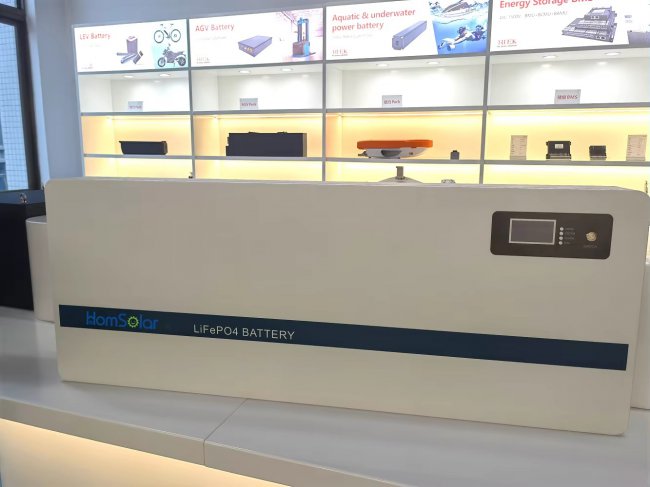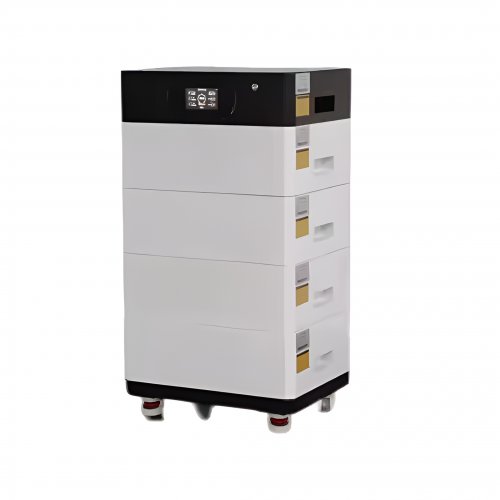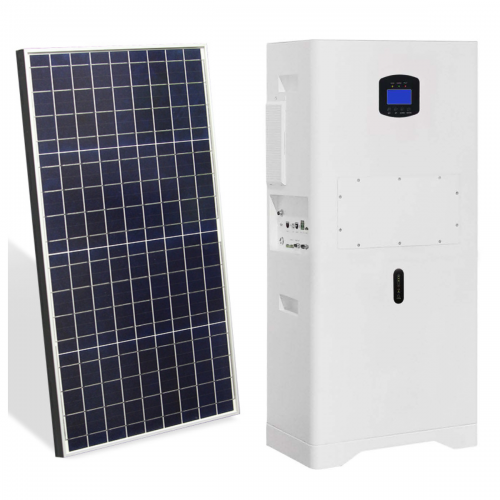Advances In Capacity Fading: Unraveling Mechanisms And Mitigation Strategies In Lithium-ion Batteries
Capacity fading remains one of the most critical challenges hindering the full potential of lithium-ion batteries (LIBs), impacting applications from consumer electronics to large-scale energy storage and electric vehicles. This phenomenon, characterized by the irreversible loss of usable capacity over repeated charge-discharge cycles, is a complex interplay of degradation mechanisms occurring at the anode, cathode, and electrolyte. Recent research has made significant strides in diagnosing these root causes with unprecedented precision and in developing innovative strategies to mitigate them, paving the way for more durable and reliable energy storage systems.
Unveiling the Multifaceted Mechanisms
The scientific community has moved beyond viewing capacity fading as a singular issue, instead recognizing it as a cascade of interrelated processes. At the anode, particularly in graphite-based electrodes, the instability of the solid electrolyte interphase (SEI) is a primary culprit. During initial cycles, the electrolyte decomposes on the graphite surface, forming a protective SEI layer. However, this layer is dynamic and can continuously grow with cycling, consuming active lithium ions and leading to capacity loss. Recentin situandoperandodiagnostic techniques, such as scanning electrochemical microscopy (SECM) and cryo-electron microscopy, have revealed the heterogeneous and evolving nature of the SEI. Studies have shown that its composition and mechanical properties are critical; a brittle SEI is prone to cracking during anode volume expansion, exposing fresh graphite surfaces to further electrolyte decomposition in a detrimental feedback loop (Li et al., 2023).
For high-capacity anodes like silicon, which undergoes severe volumetric changes (>300%), the problem is exacerbated. Particle pulverization and the loss of electrical contact are dominant fading mechanisms. Concurrently, at the cathode, transition metal dissolution (e.g., Mn, Co), especially under high voltage or elevated temperature operation, has been identified as a major issue. Dissolved metal ions can migrate through the electrolyte and deposit on the anode, catalyzing further SEI growth and poisoning the anode surface (Jiang et al., 2022). Furthermore, cathode structural degradation, including phase transitions and microcracking, disrupts lithium diffusion pathways.
The electrolyte itself is central to these degradation pathways. Its oxidation at high voltages on the cathode surface leads to gas generation and impedance rise. The interplay between these anode, cathode, and electrolyte processes creates a complex degradation network that accelerates overall capacity fade.
Recent Technological Breakthroughs in Mitigation
Addressing these multifaceted mechanisms has led to several promising technological breakthroughs:
1. Electrolyte Engineering and Additives: The development of novel electrolyte formulations is arguably the most impactful recent advancement. The use of fluorinated solvents and high-concentration electrolytes (HCEs) has proven highly effective in forming a robust and stable SEI on the anode and a cathode electrolyte interphase (CEI) on the cathode. These interphases are richer in inorganic compounds like LiF, which are more mechanically stable and less conductive for electrons, thereby suppressing continuous electrolyte decomposition. The introduction of dual-salt or multi-salt systems, along with targeted additives like fluoroethylene carbonate (FEC) and lithium difluorophosphate (LiDFP), can preferentially modify the SEI/CEI chemistry to enhance their passivation properties (Zhang et al., 2023).
2. Advanced Electrode Design and Materials: For silicon anodes, transformative progress has been made through nanostructuring and sophisticated composite designs. Encapsulating silicon nanoparticles in conformal carbon shells or designing porous yolk-shell structures accommodates volume expansion without fracture, preserving electrode integrity. At the cathode, single-crystal Ni-rich NMC (LiNixMnyCozO2) materials are replacing their polycrystalline counterparts. Single crystals are more resistant to microcracking and thus mitigate particle isolation and parasitic side reactions with the electrolyte, significantly extending cycle life (Liu et al., 2022).
3. Artificial Intelligence and Machine Learning (AI/ML): A paradigm shift is occurring in the diagnosis and prediction of capacity fade. ML models are now being trained on vast datasets from cycling tests, electrochemical impedance spectroscopy (EIS), and even manufacturing parameters. These models can accurately predict cycle life early in a battery's life and, more importantly, identify the dominant fading mechanism from its electrochemical "fingerprint." This allows for targeted material and protocol optimization, drastically accelerating the R&D cycle (Severson et al., 2019).
Future Outlook and Challenges
The future of combating capacity fading lies in the convergence of these disciplines. The next generation of batteries will likely feature:Smart Electrolytes: Electrolytes that can self-heal or adapt their chemistry in response to the formation of degradation products.Multifunctional Interfaces: Artificially engineered SEI/CEI layers applied during manufacturing to provide instant protection from the first cycle.Holistic Management: The integration of AI-driven battery management systems (BMS) that can dynamically adjust charging protocols in real-time to minimize stress factors known to accelerate fading.Beyond-Lithium Technologies: Understanding the fading mechanisms in LIBs provides a blueprint for developing more robust post-lithium systems, such as sodium-ion and solid-state batteries, where interfacial stability is an even greater challenge.
The ultimate goal is to move from mitigation to prevention. While complete elimination of capacity fading may be unattainable, a fundamental and granular understanding of its origins is enabling the design of batteries that age gracefully, retaining a high percentage of their capacity throughout their intended lifespan. This progress is crucial for achieving a sustainable energy future built on reliable and long-lasting electrochemical storage.
ReferencesJiang, L., et al. (2022). Coupling between cathode and anode: A critical review of the impact of cathode dissolution on the stability of the SEI.Joule, 6(4), 726-741.Li, Y., et al. (2023). Probing the Nanoscale Heterogeneity of the Solid Electrolyte Interphase Using In Situ Cryo-STEM.Advanced Materials, 35(15), 2206788.Liu, T., et al. (2022). Performance and Degradation of Single-Crystal and Polycrystalline LiNi0.8Mn0.1Co0.1O2.ACS Energy Letters, 7(1), 356-363.Severson, K. A., et al. (2019). Data-driven prediction of battery cycle life before capacity degradation.Nature Energy, 4(5), 383-391.Zhang, Q., et al. (2023). Electrolyte Design for Inorganic-Rich Solid-Electrolyte Interphases in Lithium-Ion Batteries.Angewandte Chemie International Edition, 62(15), e202218191.
Customized/OEM/ODM Service
HomSolar Supports Lifepo4 battery pack customization/OEM/ODM service, welcome to contact us and tell us your needs.


HomSolar: Your One-stop LiFePO4 Battery Pack & ESS Solution Manufacturer
Our line of LiFePO4 (LFP) batteries offer a solution to demanding applications that require a lighter weight, longer life, and higher capacity battery. Features include advanced battery management systems (BMS), Bluetooth® communication and active intelligent monitoring.

Customised Lithium Iron Phosphate Battery Casing
ABS plastic housing, aluminium housing, stainless steel housing and iron housing are available, and can also be designed and customised according to your needs.

HomSolar Smart BMS
Intelligent Battery Management System for HomSolar Energy Storage System. Bluetooth, temperature sensor, LCD display, CAN interface, UART interface also available.


Terminals & Plugs Can Be Customized
A wide range of terminals and plugs can be customised to suit the application needs of your battery products.

Well-designed Solutions for Energy Storage Systems
We will design the perfect energy storage system solution according to your needs, so that you can easily solve the specific industry applications of battery products.



About Our Battery Cells
Our energy storage system products use brand new grade A LiFePO4 cells with a battery lifespan of more than 4,000 charge/discharge cycles.



Applications in Different Industries
We supply customized & OEM battery pack, assemble cells with wiring, fuse and plastic cover, all the cell wires connected to PCB plug or built BMS.
Applications: E-bike, Electric Scooter, Golf Carts, RV, Electric Wheelchair, Electric Tools, Robot Cleaner, Robot Sweeper, Solar Energy Storage System, Emergency Light, Solar Power Light, Medical Equipment, UPS Backup Power Supply.
We can provide you with customized services. We have the ability to provide a vertical supply chain, from single cells to pack/module and to a complete power solution with BMS, etc.


HomSolar (Shenzhen) Technology Co., Ltd
























